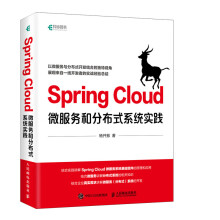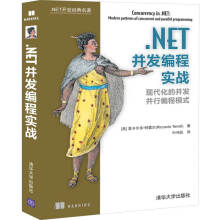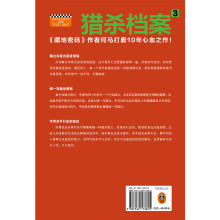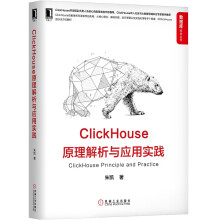Introductio
Goals of the Book
Theoretical Reasons for Country and Time Period Selection
Pragmatic and Personal Reasons
Selection ofTime Period
Problem Statement
Literatu re Review
Theories of Globalization
The Modernization Perspective
The Dependency Perspective
The World-system Perspective
Globalization
Cultural Dependency and Cultural-media Imperialism
Theories oflntercultural Communicatio
Culture Defined
Hofstede's Four Dimensions
Time Perception
Hall's Context Framework
Yum's In- and Out-Group Differentiation
Bernstein'sElaborated andRestricted Codes
Culture and Advertising ,
The Critics ofAdvertising
The Advocates ofAdvertising
An Interactive Model ofAdvertising, Society and Culture
Methods forAnalyzing Advertisements
Content Analysis as a Research Method
Semiotics as a Research Method
The Semiotic System ofAdvertisements
Dyer's Three-IevelAdvertisementAnalysis Framework
Leiss et al's Basic Advertising Format Framework
Interactive Meaning Framework
Hypotheses and Significance ofthe Study
Format Analysis Hypotheses
Socio-cultural and Ideological Analysis Hypotheses
Cultural Appeals
I deological Analy sis
Hypothesis on the Impact ofGlobalization
Methodological Contribution
Contributions to Theory-building in Different Areas
Research Methodology
General Design
MagazineSelection
SamplingScheme
Data Collection
Measurement Instrument and Coding Procedures
Reliability Tests
Results
Format Analysis
Number ofAds in Each Magazine Issue
Layout Size of Each Ad
PictoriaUText Ad Ratio
Basic Advertising Format
CulturaIAppeals
IdeologicalAnalysis
Depiction ofWomen
MinorityDepiction
Contact
Social Distance
Attitude
Modality
Conclusions and Discussions
Format Analysis and Implications
References
展开










